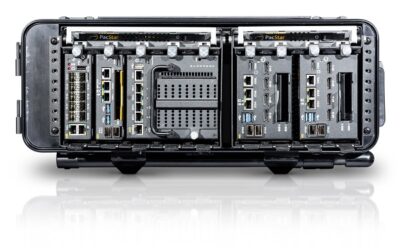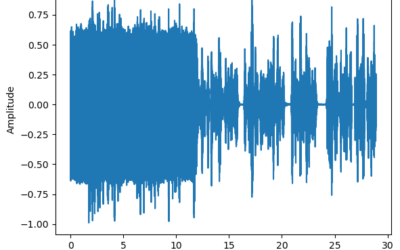Day 1 (August 8, 2017) SMD Symposium Report
MONS Correspondent Marty Kauchak files this end-of-the-day report from the Space and Missile Defense (SMD) Symposium, Von Braun Center in Huntsville, Alabama.
This 30 May, the US Missile Defense Agency (MDA) led the successful intercept of an intercontinental ballistic missile target during the first live-fire test of the Ground-based Midcourse Defense (GMD) element of the US Ballistic Missile Defense System (BMDS).
Northrop Grumman’s advanced battle management and launch control capabilities successfully guided the kill vehicle during for this first intercept.
Dan Verwiel, vice president and general manager for missile defence and protective systems at Northrop Grumman, was asked how his battle management and launch control team rehearsed for this mission. The sector subject matter expert initially said, “it is important to note the test scenario is operationally realistic and none of the actual interceptor launch and fly-out was scripted, so there were not specific rehearsals for this mission.”
To that end, Northrop Grumman regularly uses various tools and processes to ensure its products and systems are robust and reliable. For example, the company runs simulations to examine the behavior of its algorithms in a variety of conditions and fine-tune the algorithms before they are incorporated into Northrop Grumman products. “Our activities include looking at sensor data utilisation and management, data flow of the ‘kill chain,’ and participation in training events with warfighters responsible for the actual execution of the test. We are committed to working closely with our teammates, customers and the warfighter to ensure the GMD System maintains the highest levels of readiness. We are proud to share in the success of this very important flight test, and we are confident we would be as successful in the event of real-world operations,” Verwiel added.
Verwiel further noted Northrop Grumman provides unique and high fidelity modeling and simulation capabilities to the MDA through its work under the Joint National Integration Center Research and Development Contract (JRDC). The corporate programme leader explained: “JRDC’s objective is to develop and leverage a common enterprise technology framework for the concurrent execution of testing, warfighter training and operations of the BMDS. High fidelity modeling and simulation capabilities are crucial for the continuous effort to develop, test and field the layered BMDS.”
Additionally, Northrop Grumman engineers and technical experts are always exploring ways to validate the operational effectiveness of the GMD System without having to expend precious interceptors. Flight tests involve a target missile launch, an array of sensor system and often an interceptor system. Ground tests involve current BMDS sensor and interceptor systems responding to high fidelity digital simulation inputs to verify next generation system software releases. While flight and ground tests validate the operational effectiveness of the GMD System and provide important data for further enhancement of modeling and simulation, Northrop Grumman is helping to enhance these programmes with an all-digital high fidelity BMDS representation. “This would provide a lower cost alternative to allow continuous integration of new software capabilities along with the ability to conduct ‘what-if’ excursions and war fighter training to explore multiple geographic locations and future adversary threat systems. Our goal is to instill ever-increasing confidence in the system to defend against ICBMs,” Verwiel added.
Northrop Grumman’s industry teammates enabling its battle management and launch control responsibilities include Harris, which provides the hardware and hardware support for the In-Flight Interceptor Communications Data Terminal for critical communications between ground command and control systemmes and ballistic missile interceptors of the GMD. “We have several other teammates contributing to the engineering, software and hardware aspects of the system including Orbital ATK that provides support in development, production, test and refurbishment of boosters and Vigor that provides reconditioning and testing of silos and associated components,” Verwiel added.
Northrop Grumman maintains a BMDS-wide perspective in its testing and related activities. The company programme executive emphasised, as the missile threat picture becomes more complex, integrating data from a myriad of sources in a time-sensitive manner continues to be important and increasingly so. “Northrop Grumman regularly perform other tests to verify integration and capabilities with various BMDS elements, including AEGIS. We also engage in large-scale ground tests with representatives of the entire BMDS. Our team is always looking at new and innovative ways to fuse the vast amounts of data gleaned by the BMDS and in the forward-looking evolution of the BMDS. We have a commitment to innovation and harnessing the power of digital transformation that will enable the warfighter’s competitive advantage well into the future.”
Verwiel also highlighted his team’s activities on its busy programme roadmap. Northrop Grumman is currently working on several enhancements including hardware and software upgrades for its In-flight Interceptor Communications System Data Terminals. The company is also modernising its Command Launch Equipment to significantly decrease its footprint. “We are in development to modernise our GMD Communications Network. Most recently, Northrop Grumman upgraded our Ground System software to enhance the architecture of the GMD fire control systemme and increase the reliability of the system,” he concluded.
Marty Kauchak

























